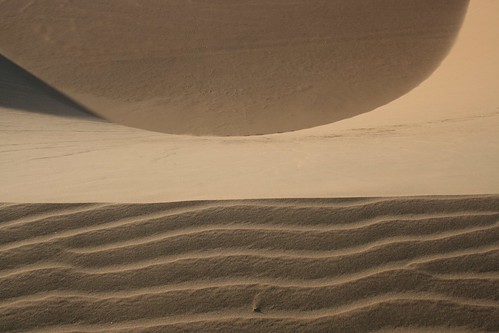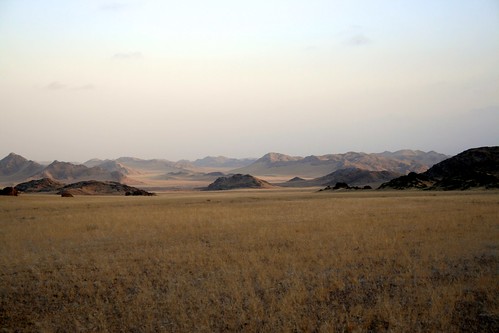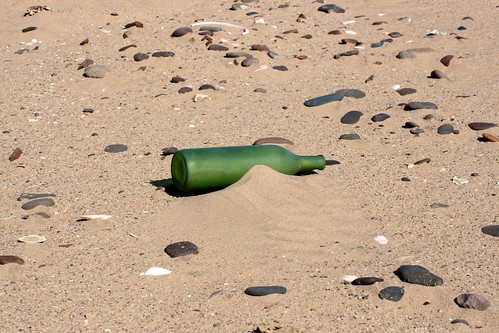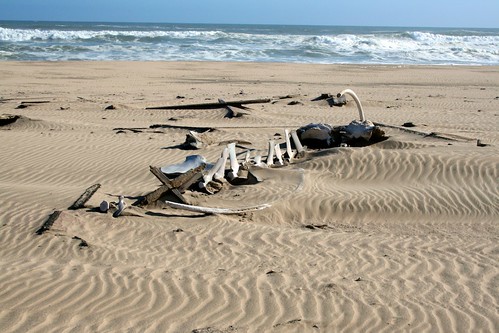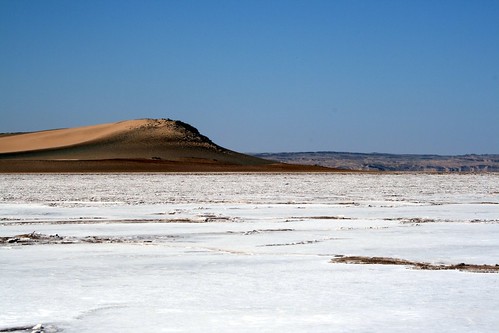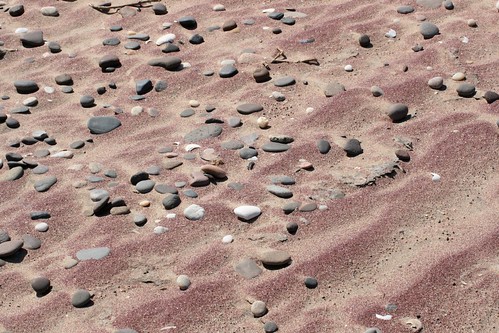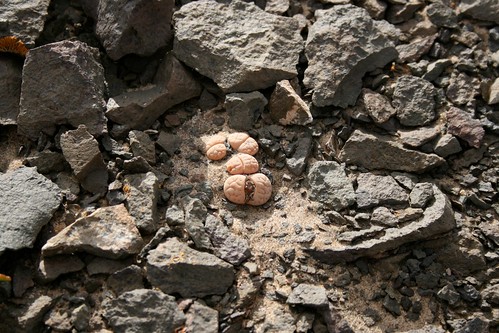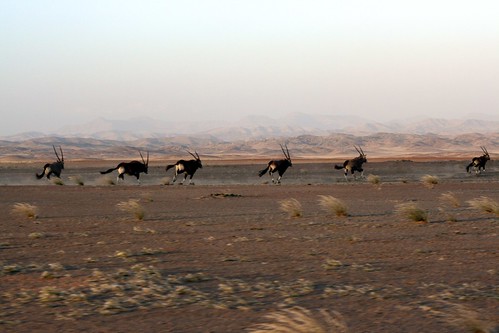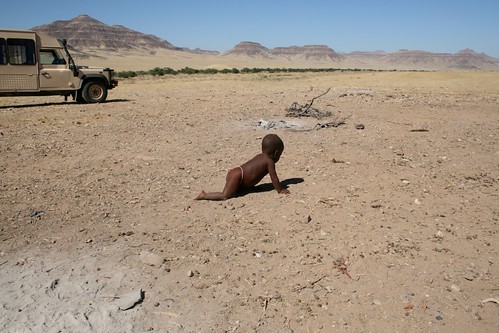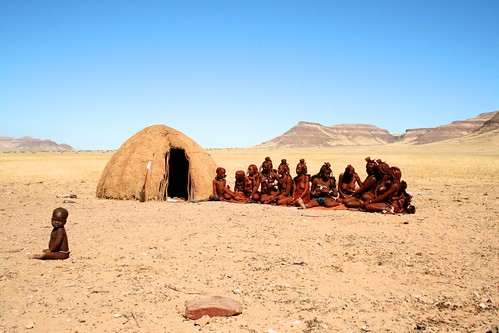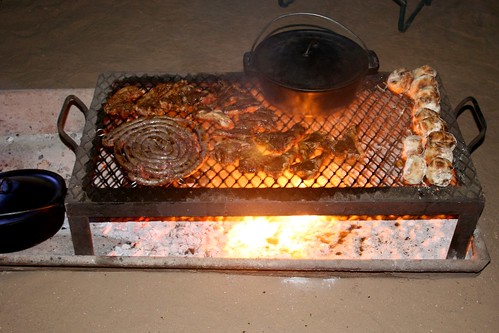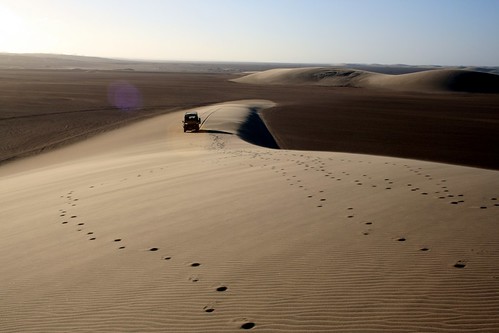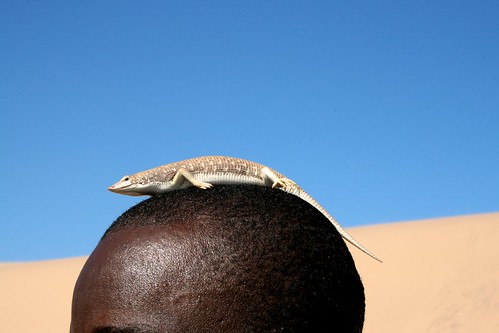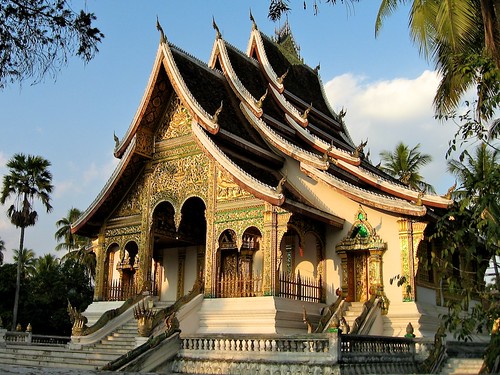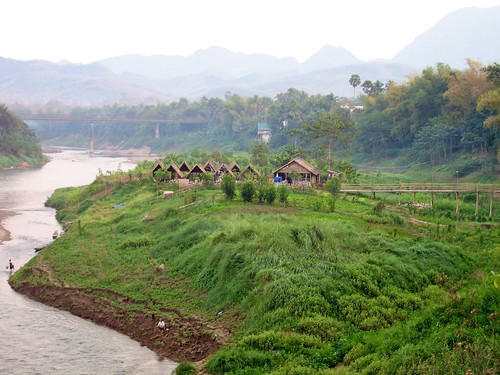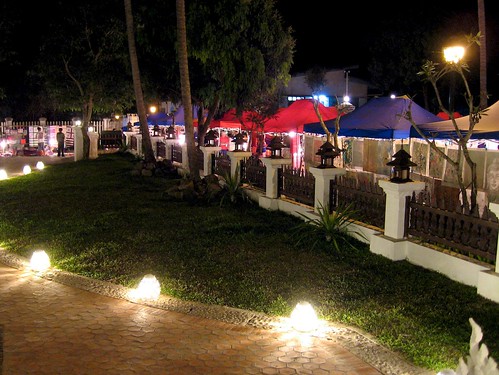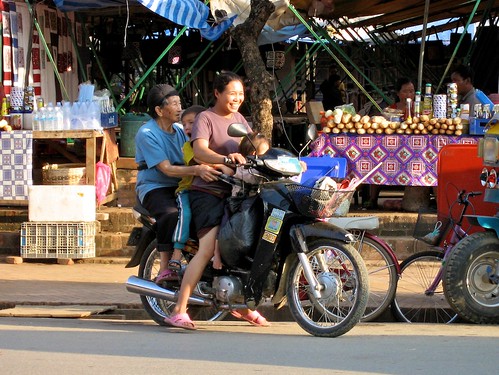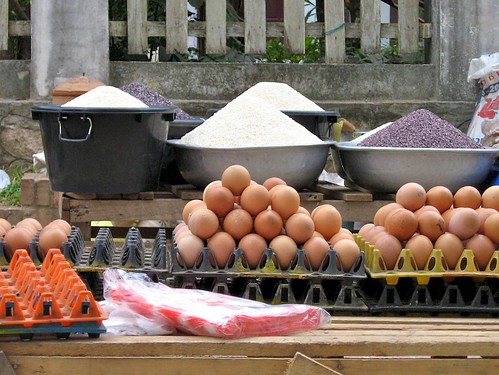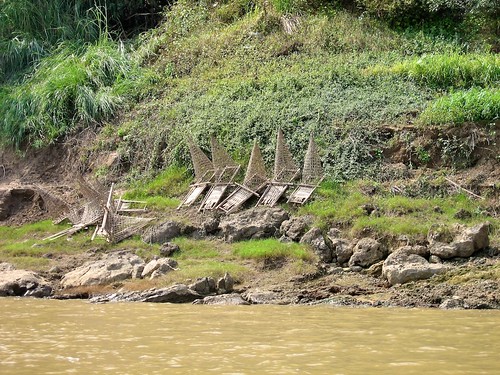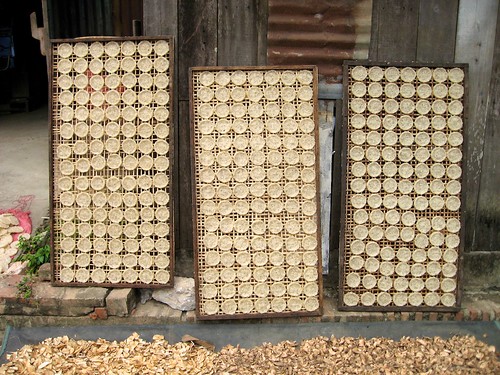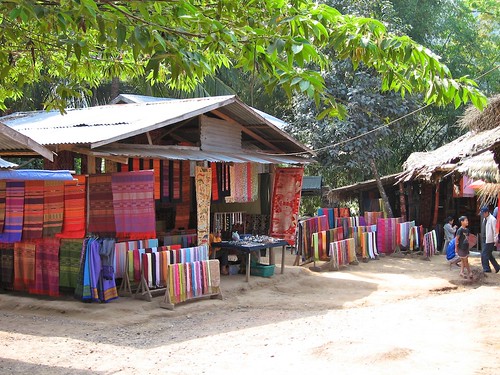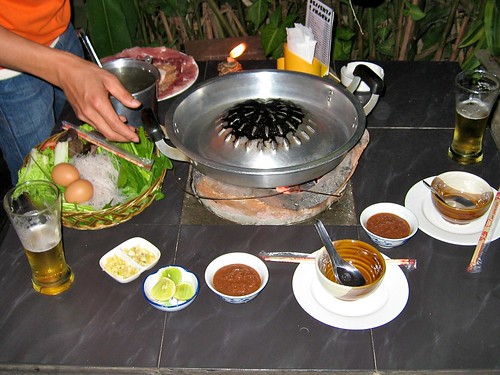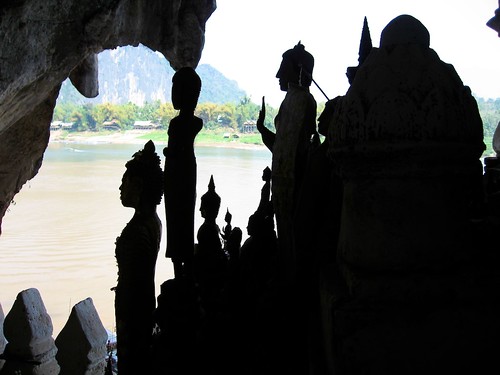My little family is on the verge of great changes, enduring the waiting period before another adventure, a life in New York City. This July we've been enjoying the bounty of summer fruits and vegetables, but without a real kitchen to call my own (all of our belongings are in storage before we get to New York) food blogging is regrettably on hold. While waiting out the transition, I'm taking stock of a few legendary trips we've taken. It's always good to stop and pause before taking another leap.
The Skeleton Coast lies on the Northwest corner of Namibia, Africa and gets only about 100 visitors a year. A few years ago, we were among those few and we knew that it was the trip of a lifetime. We embarked on a fly-in safari from the capital, Windhoek on a 2 passenger plane and landed on a strip of sand where we were met by a 4x4 that took us to our first camp.
There was something powerful about being in such a remote place surrounded by natural beauty unlike any we had ever seen. Virtually alone, with just a few guides and two other couples, we all set out each morning to experience this rugged and breathtaking land. The Skeleton Coast is a 500 km stretch along the coastline of Namibia, which got its name from the scores of shipwrecks that took place there. Whale bones and wood from the wrecks are still part of the scenery on the shores. These bones and debris are actually protected as part of the National Park, and interestingly enough, Namibia was the first country to write Nature Conservation into their constitution.
My mind goes back to Namibia when we're driving the super highways around the DC metropolitan area, past strip malls and giant suburban sprawl. It's almost unfathomable that two such shockingly different places can exist on the same planet. Namibia's mega dunes, salt-brines and grand mountains are vast and practically untouched by man. The sands are gem-laced and life is everywhere, from the tiniest lichen to the huge seal colonies, endless varieties of birds, reptiles, and the elegant oryx thumping across the plains.
We visited a small community of Himba, an ethnic group of 20,000-50,000 nomadic and pastoral people living in Northern Namibia. I think of the Himba women often. These families in their simplicity and togetherness are a true community in every sense of the word, one that I do not belong to, nor could I seek to recreate in this modern world of mine. But I look to their example in keeping Roman close to me just as they raise their children. I feel lucky to have witnessed even a brief moment of their lives for their impact on me was profound.
Our last night back at Camp before leaving the Coast, we were treated to a Namibian style "braai" (grill) complete with local meats, the spring bok and oryx, as well as bread baked on the grill. We sat down to eat feeling wistful as the staff spoke the names of the foods in each of their African languages. The clicks and singsong quality of their voices rose up into the black sky that hung low like an onyx curtain, thick with stars. We ate the meal humbled by all that we had seen, savoring the flavors of the braai and trying to imprint those memories deep into our minds so that wherever we go, we carry them still.
Notes:
The Himba people are featured in this documentary.
Our trip was planned through the ecotourism company Wilderness Safaris.

